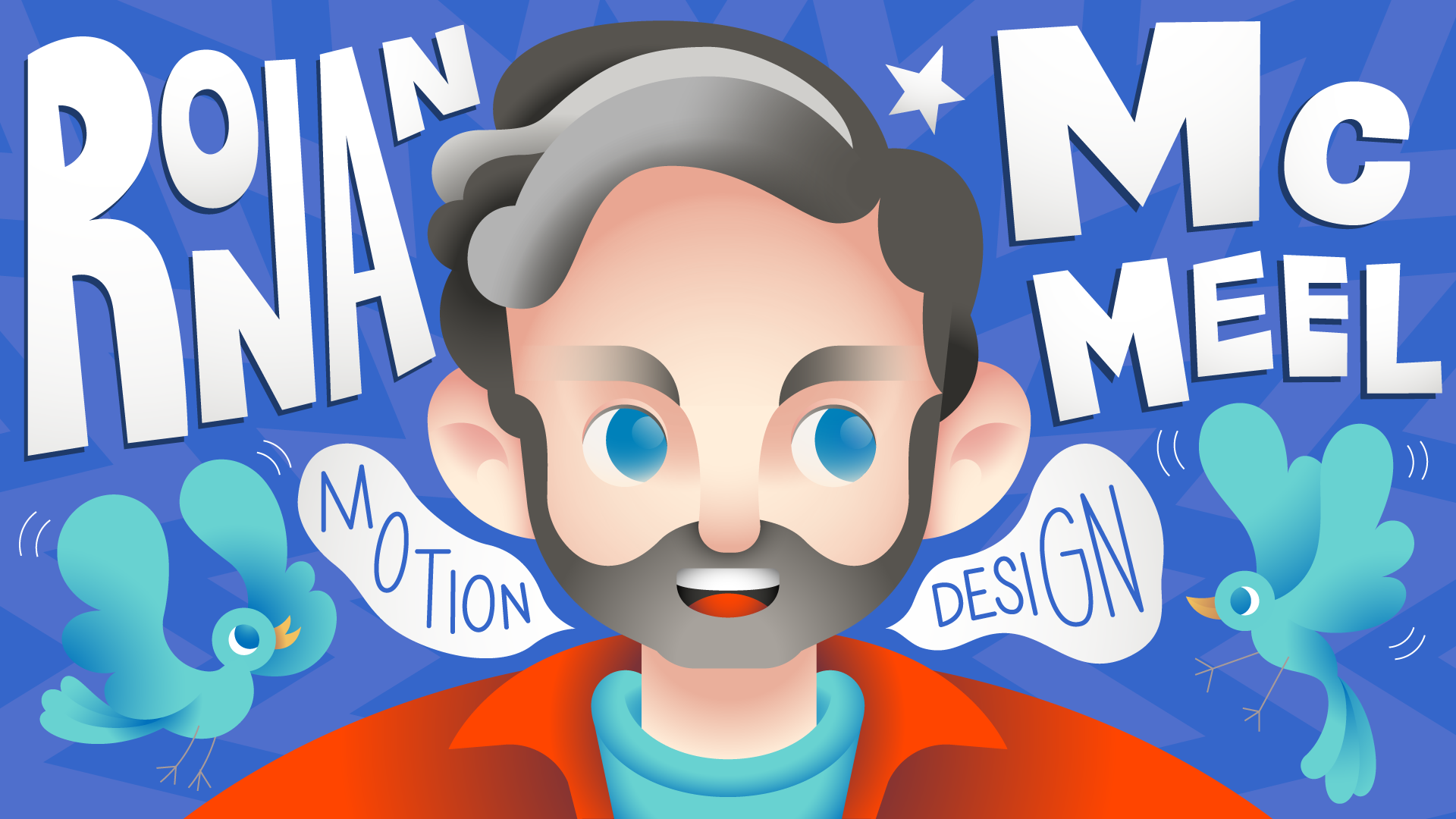A 3D visual designer talks designing to scale
The demanding field requires constant learning and adaptation to new technologies and tools

With the emergence of AI, 3D content creation, and virtual reality, the magic of 3D is no longer limited to video games and blockbuster movies. Prior to becoming a 3D Visual Designer, Leitin Pedro was inspired by 3D’s surreal world. Recently, the highly specialized discipline has been peaking with colorful textures, avatars, and life-like worlds that are all but tangible. Simulations of actual environments, medical procedures, and sense-rich amusement park rides are becoming road maps to the way our minds interact with the world. At the moment, there’s more 3D work than there are 3D designers. The demanding field requires constant learning and adaptation to new technologies and tools.
Leitin saw 3D illustration as a field offering ways to create images or experiences that are impossible or impractical to achieve with traditional methods. Writer Angela N. Bradley got up with the Brazilian 3D Designer to talk about how he changed careers, navigated the boundaries of language, and integrated AI into his creative process. He also shares his experience of working on a visual design team, one that would go on to create the video that introduced Copilot to the world, becoming one of Microsoft’s most viewed videos in company history. As a thoughtful designer, Leitin’s passion radiates off of everything he produces. His dedication to honing his craft and constantly learning is emblematic of Microsoft’s core belief in a growth mindset.
Can you talk about your role as a 3D visual designer.
I am a visual translator of ideas. Taking the ideas of people or teams, be they conversations, texts, or drafts, and translating them into 3D. Maintaining graphical consistency between Microsoft products is one of the main tasks. I am part of a team that supports and helps other teams, whether in the visual development of ideas, or guiding and creating ways to facilitate the scaling of projects without losing quality and brand alignment.
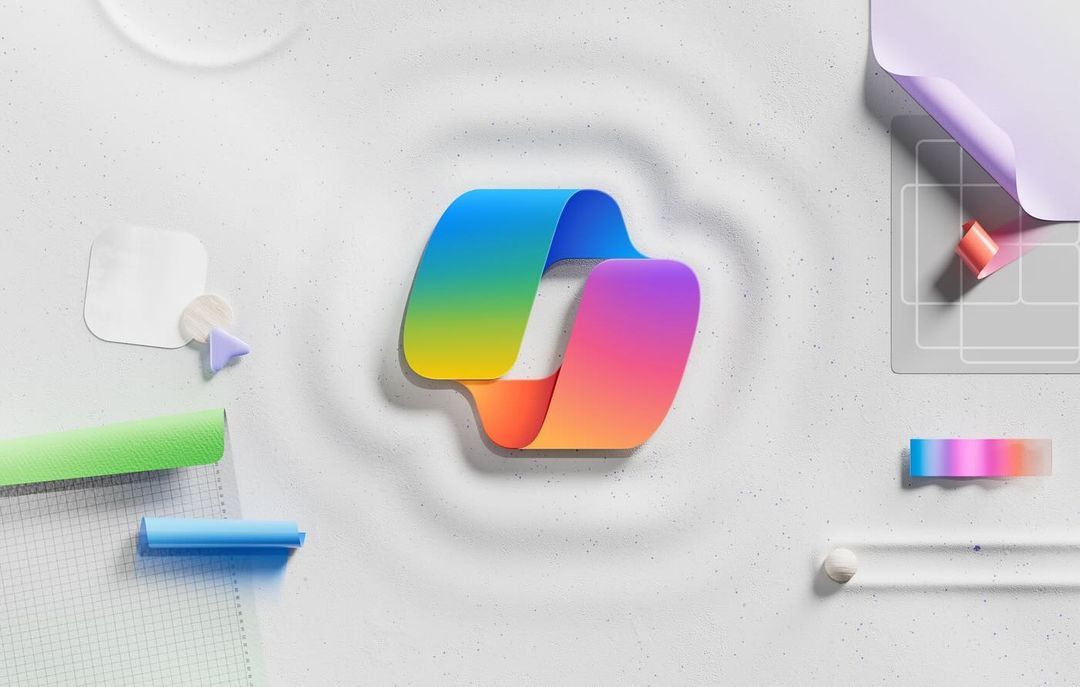
How did you first become interested in 3D design and what motivated you to pursue it as a career?
I got into traditional graphic design but I always wanted to study 3D. Before the pandemic, at the end of 2019, I started doing some 3D course work and I studied a lot, doing tutorials, and learning every day. During the pandemic I was stuck in my house, so I put all my time into 3D.
What are you currently working on?
I worked directly on the Copilot project that was the UX film released in April. Then I moved on to focus on the brand and ID development with a bunch of talented designers. At the end, I animated some 3D variations of the actual icon of Copilot and I’m still working on its evolution.
I’m also working on illustrations for Teams, Outlook, and the App Store. And I’m working on Fluent spot illustrations for apps like Word, Excel, Designer, and anything related to Microsoft 365.
When working with other 3D designers from your team, how do you collectively approach a project?
We think about the purpose of the project, of the images, and how we can express that concept every time we have the opportunity. We try to produce work that is closer to the real world. Stuff that doesn’t feel like everything is so digital and perfect, but has some human element.
When you’re starting a new project, can you walk us through the design process?
Every project starts with either a creative brief or a meeting to discuss the scope of the project. We then start to make a mood or reference board by collecting images so we can draw together. We try to find ways of sharing the production of the work, and then we experiment and explore with 3D. I really like to take a lot of screenshots. They are like a diary. I have a big canvas with a bunch of screenshots of my process.
I have the first drawing and then the last drawing on the same board. I really like to do that so in the middle of the process, I can look at what I like or figure out what and why I dislike something. I’ve done a bunch of experiments with colors or shapes, so I start to combine shapes and colors, and then it’s pretty easy to find the best choice.
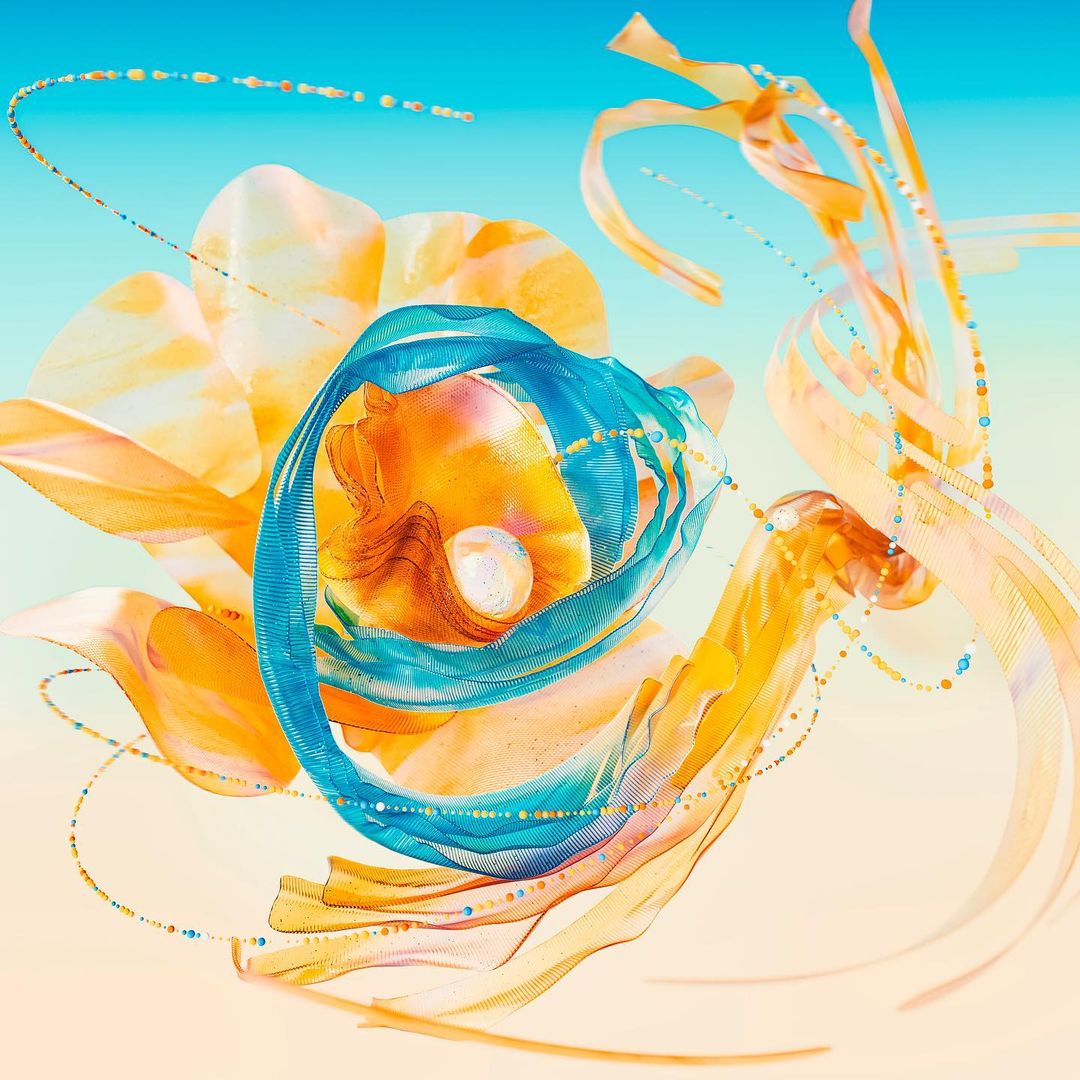
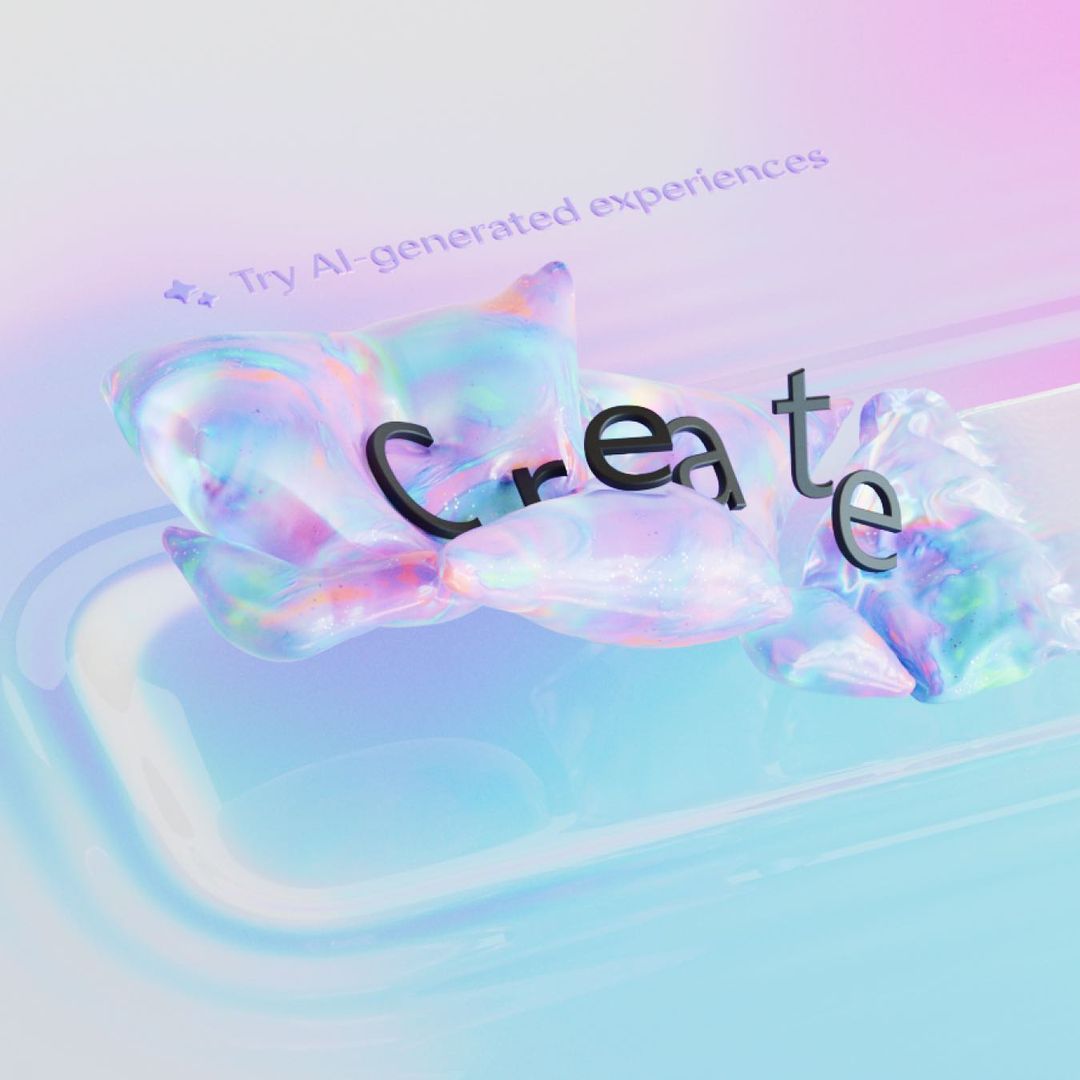
Since you live in Brazil, what challenges or unique obstacles do you face when working on a U.S. based design team?
I think it’s the language barrier because in Brazil, Portuguese is my main language, so I study English. Nowadays it’s easy to translate, but studying English helps a lot.
How do you ensure consistency and cohesiveness in your 3D visuals within the Microsoft ecosystem?
It’s normal for us to do a bunch of explorations. We do illustrations and from time to time, we need to revise them if they are to be aligned with new ideas. We also speak with other teams, but I think we ensure consistency by always sharing work day to day. Every time we have to ask ourselves if what we made is correct. Does it align with the creative brief and the overall project?
How do you address usability and accessibility within your 3D visual designs?
We’re constantly concerned about the accessibility, for example if there is enough contrast to see the illustrations. I think it is important because every person has different eyes, a different screen, and some people are used to the high contrast in Windows or other computers.
With the future of 3D design, especially with the integration of AI, what industry changes or shifts do you anticipate?
I think AI is a tool. It’s gonna help us in the process of making 3D designs. AI is not the end result. I’m already using AI to create some experiments and to help with my process of creating 3D illustrations, but I don’t think AI can replace human-made images and videos that express emotion. I don’t think AI can replace designers or photographers. People are afraid of losing their jobs, but I don’t think this is gonna happen.
What are key qualities or skills that 3D visual designers should possess to be successful?
As a graphic designer, I think studying the history of art helped me a lot. Design fundamentals helps a lot if you’re an artist. I met so many people that know image making software really well, but they don’t know how to apply light, or how to combine textures or colors. Since they are technical, they know how to combine everything to scale, but it doesn’t match. Everything is off. Knowing the fundamentals of design really helps in the process of creating 3D. You can have more control of the colors, composition, text, and know how to better translate the idea.
Read more
To stay in the know with Microsoft Design, follow us on Twitter and Instagram, or join our Windows or Office Insider program. And if you are interested in working with us at Microsoft, head over to aka.ms/DesignCareers.
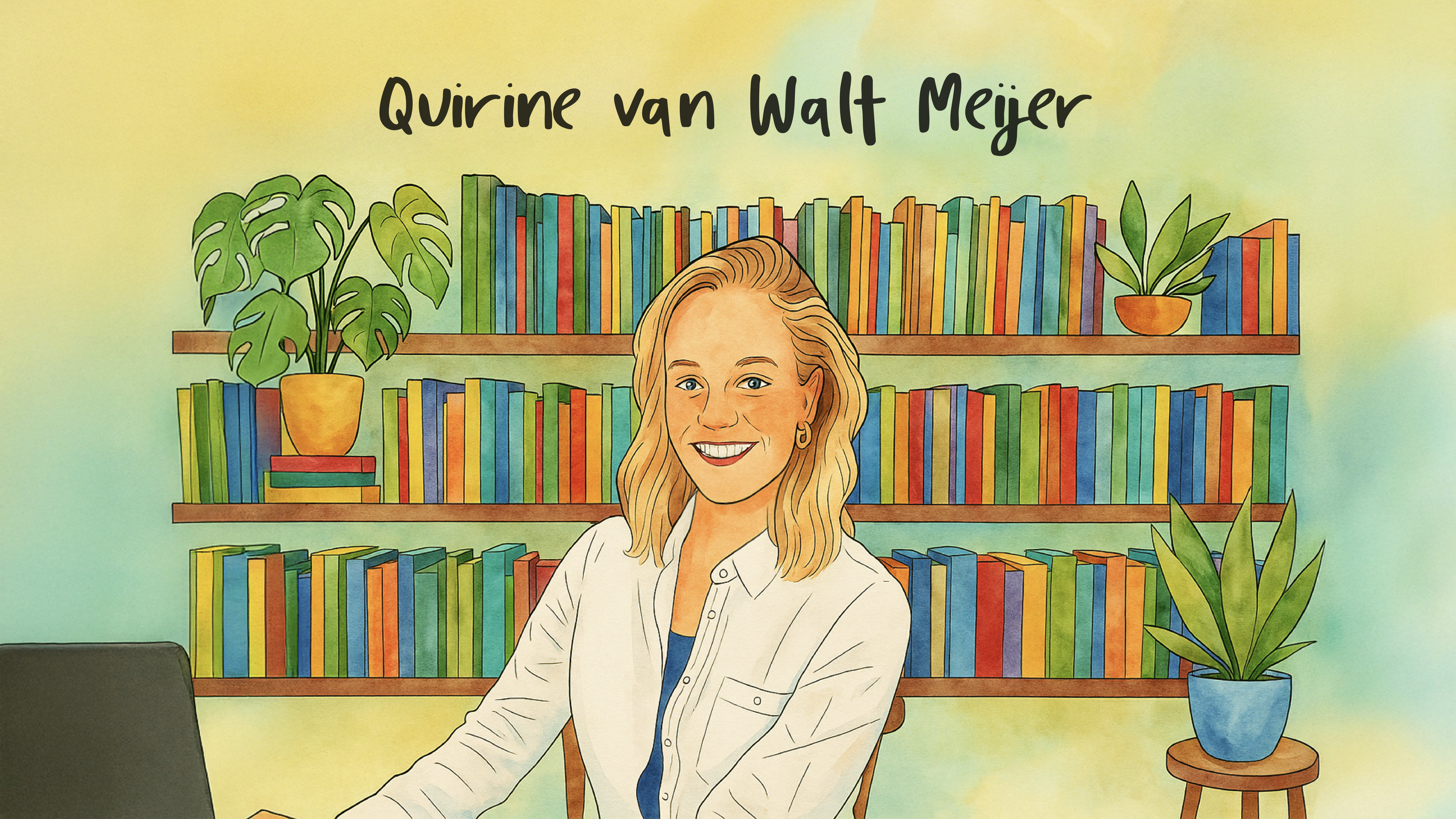
Vibe coding makes prototyping close to code, closer to users
Meet Quirine, a computational design manager exploring how AI reshapes the way her team builds and test ideas

Breaking the mold: Braz de Pina on the evolution of creativity and design in this AI era
Meet Braz De Pina, a Principal Product Designer for Microsoft’s Experience Collective Horizontal Design Studio
